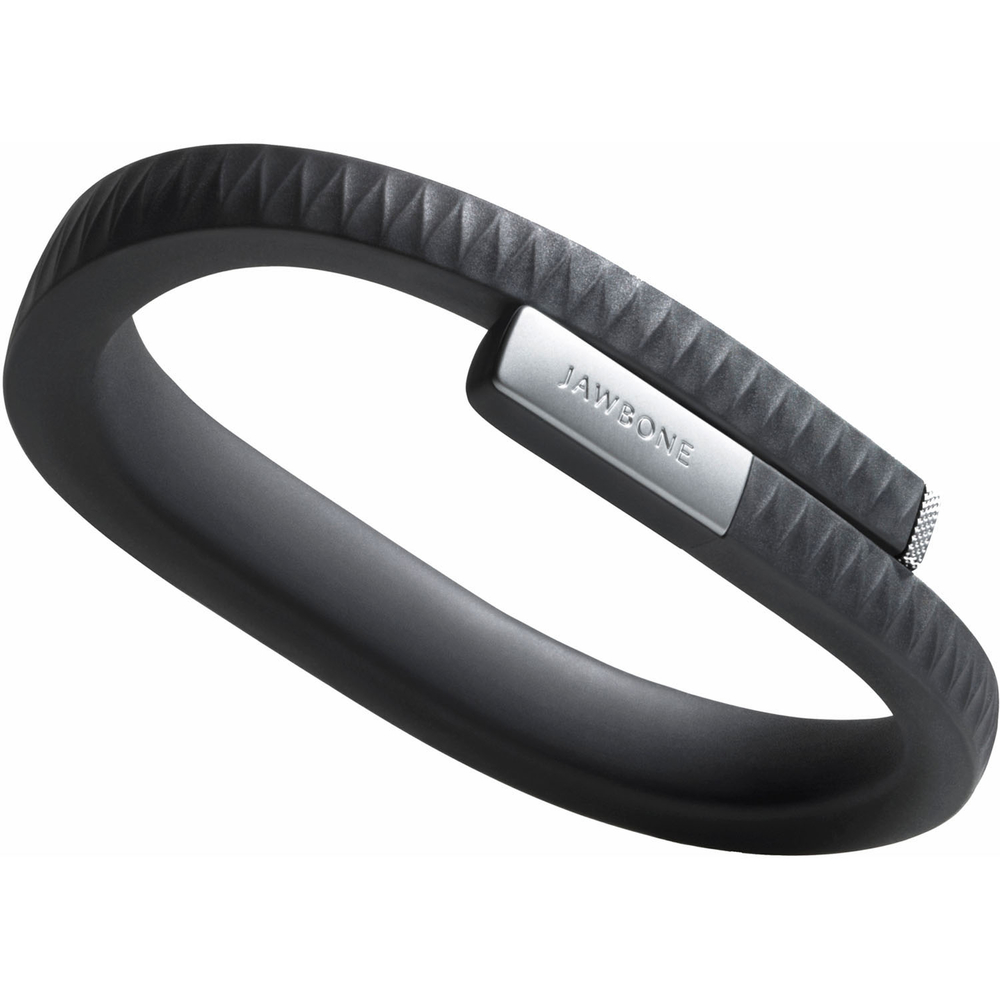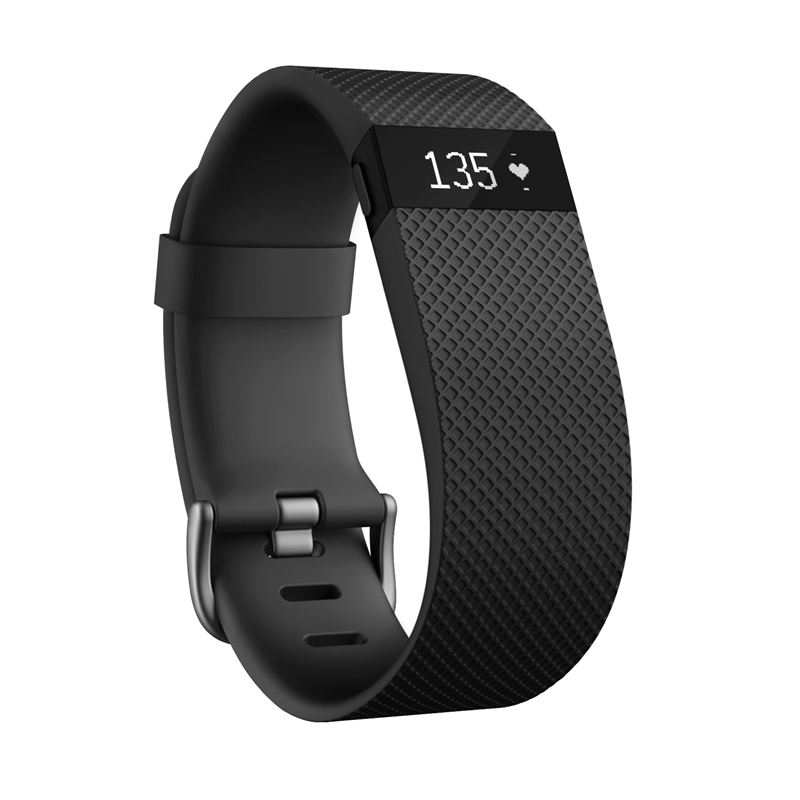
The annual International Consumer Electronics Show (CES) took place from January 7-10 in Las Vegas, and Hinda’s merchandising team hit the show floor to seek out the latest and greatest from the world of consumer electronics. This year, it seems innovations are cropping up in every area of tech, from digital cameras and smart TVs to mobile and sports and fitness. While it’s a little too soon for us to tell which of the newest items we’ll be adding to our ever-growing assortment, we’re excited to share what we learned about what you can look forward to in 2014 and moving forward!

A shift is taking place in the world of digital cameras and camcorders. The rise of smart phones and their superior camera quality have decreased the need for separate digital cameras. Leave it to tech manufacturers like Canon® and Samsung® to offer the features you love about your smart phone, like Internet connectivity, social media sharing capability and rear-facing cameras, right on their latest models. Along these lines, companies like GoPro®, Garmin®, Sony® and Polaroid have all developed a line of action cams – a rapidly growing camera category all its own.

Recent advances in TV technology have turned passively watching into a full-blown lifestyle. In 2014, streaming technology is offered as an embedded feature on TVs. For example, Roku has partnered with select brands to offer Roku TV, which is built-in, eliminating the need for a separate streaming device. And what better way to enjoy all your favorite TV than on the latest 4K television? Companies like Sony and Samsung are now offering the ultra-crisp, life-like picture, which is becoming more mainstream and affordable. Look for massive displays and curved or bendable screens!

We’ve all been there - you’re out with friends or on a trip and forgot your charger. Now your phone’s dead and you can’t snap great pics or check-in via social media. What to do? Never fear, mobile charging is emerging as a category all its own, with companies like Mophie and Intel® offering devices strictly for keeping your favorite gadgets fully operational, making the concept of a dead battery obsolete. In fact, CES predicts that by 2017, the market will reach $7.16 billion, making wireless charging one of the most important categories in consumer electronics.
Have you seen the new movie “Her” starring Joaquin Phoenix and the voice of Scarlett Johansson? Did you think it was a little futuristic and far-fetched? Well, we may not be too far away from our homes talking to us. The “Internet of Things” category is starting to catch on, with companies like Nest®, Belkin, LG and Samsung jumping on the connected-home bandwagon. This year, stand-out items included a smart toothbrush and sleep monitor that can be controlled via apps, cloud-connected smoke and carbon monoxide detectors and plans for 4G-connected car models from Audi, BMW and Chevrolet.
One of the newest technologies on display this year was 3D printing. While it’s still a little too pricey for personal use, it’s becoming a bit more mainstream as businesses are finding various uses for the technology. For example, 3D printing is great for creating physical samples of products and 3D scale models of buildings and designs. Another example of using 3D printing for business? Food! CES exhibitor ChefJet showcased its ability to print using sugar and chocolate to create 3D-printed cake toppers and pastry decorations. What will they think of next?

Another up-and-coming category is wearable technology. By now everyone has seen Google Glass, the wearable computer concept worn on the face like a pair of glasses. It seems the wearable tech trend is only getting stronger with the idea that anything we can put on our bodies can have a wired version. From smart watches and contact lenses to smart onesies for babies, IMS Research expects the wearables market to ship out 171 million units by 2016, up from just 14 million in 2011, according to CES.

Last but not least, sports and fitness are two categories where technology is really starting to make waves. Devices like swing monitors for golf, tennis and baseball and GPS systems for cyclist are being manufactured by Sony, Reebok, Schwinn and other companies to help improve performance and maintain safety. In the fitness realm, heart rate and activity tracker wrist bands from companies like Garmin, Fitbit® and Polar® and sweat-friendly earbuds from Sol Republic and other brands are just two of the recent developments in fitness that are making it easier and more fun to be fit!
There’s nothing like fresh, new technology to kick off the New Year! Of course, this is just a sample of the many brands and exhibitors present at this year’s CES. And as we mentioned, we’re not sure yet which of these new gadgets we’ll add to our assortment in the coming months. However, we can say with confidence that we’re just as excited as you to see what new technology 2014 brings. So be sure to stay tuned to Hinda Blog for all the latest updates and merchandise news!








